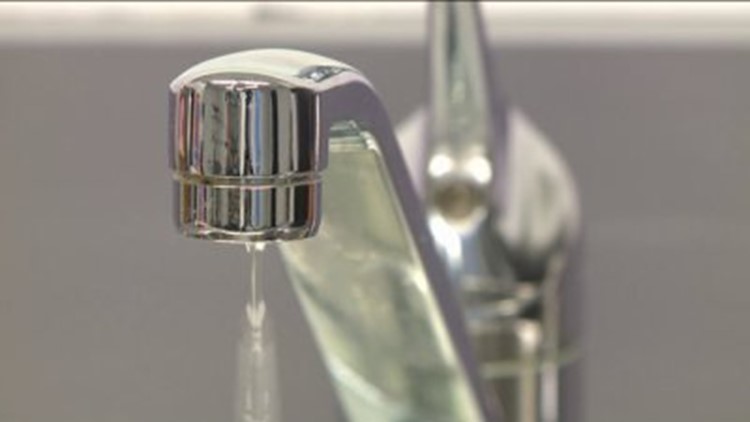ALBANY, N.Y. — Prized for its ability to make things super-slick, a chemical called PFOA was used for decades to manufacture Teflon pans, Gore-Tex jackets, ski wax, carpets and the linings of pizza boxes and microwave popcorn bags.
While it’s being phased out in the U.S., the suspected cancer-causing substance is still very much around, turning up in the water in factory towns around the country — including three small communities in upstate New York and Vermont.
Those cases have led to renewed demands from environmentalists and public health authorities for strict regulations on how much PFOA can be in the water, much like arsenic, lead and other contaminants are regulated.
EPA officials said that the agency has been considering for years whether regulations are needed for PFOA and related perfluorinated chemicals, but that it is a drawn-out testing and evaluation process dictated by the federal Safe Drinking Water Act. In the meantime, the EPA has taken action around the country to fine companies and force them to clean up such chemicals.
For now, there are no mandatory limits on how much PFOA, also called C8, can be in drinking water. The same goes for its cousin perfluorooctane sulfonate, or PFOS, which is being checked for at 664 U.S. military sites where it was used in firefighting foam.
As part of its review of such chemicals, the EPA ordered nationwide testing of water supplies in 2013.
Of 4,764 water supplies, 103 systems in 29 states had trace amounts of PFOA, but none exceeded 400 parts per trillion, EPA’s advisory level for short-term exposure, or water you drink for only a few weeks. Seven had levels slightly over 100 ppt, the new advisory level for long-term exposure, or the water you drink for years.
But the EPA’s national survey didn’t tell the whole story.
Towns the size of Hoosick Falls, New York, whose water supply serves just 4,500 people, weren’t included in the testing. Its PFOA level of 600 ppt was discovered in village wells in 2014 only because residents, concerned about what they perceived as a high cancer rate in the plastics factory town, demanded testing.
In January, after the lead crisis in Flint, Michigan, focused national attention on water contamination, EPA and New York officials warned people in Hoosick Falls not to drink the water. The state is promising a new water supply with a price tag of $10 million.
More recently, testing turned up PFOA at about 100 ppt in drinking water in nearby Petersburgh, New York, and North Bennington, Vermont, which also had plastics plants.
“I would consider it an urgent priority to decrease exposures,” said Philippe Grandjean, a researcher at the Harvard School of Public Health who believes the 100 ppt safe-exposure level EPA is proposing is still 100 times too high. Vermont health officials, for example, have set that state’s PFOA level at 20 ppt, based on the same research the EPA is relying on.
3M invented the chemical 1947, and it became so ubiquitous that more than 98 percent of Americans have traces in their blood, according to the Centers for Disease Control and Prevention. 3M began to phase it out in 2002 in response to health concerns raised by the EPA. DuPont and eight other companies later agreed to do the same by 2015.
Studies funded by the DuPont settlement concluded PFOA is a “probable cause” of six illnesses, including thyroid disease and kidney and testicular cancer. Those studies were based on people who drank water with PFOA at a level of 50 ppt for a year — half what the EPA is expected to set as the safe level. Other studies have linked PFOA to low birthweight and other problems in children.



